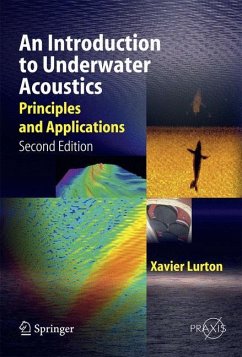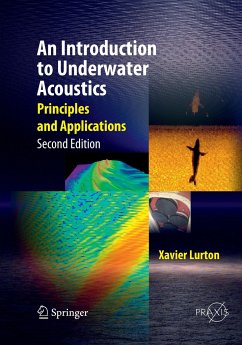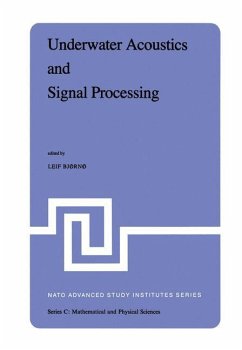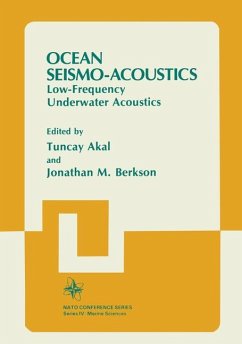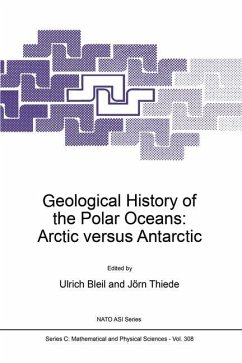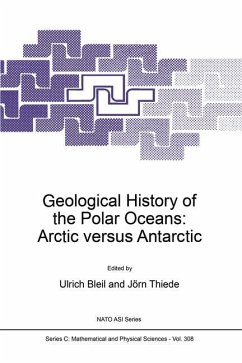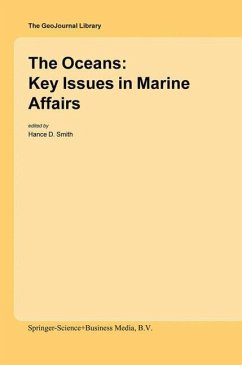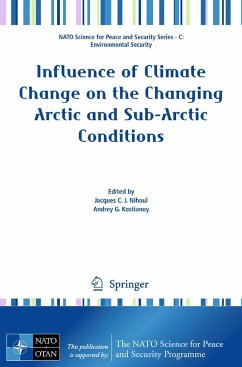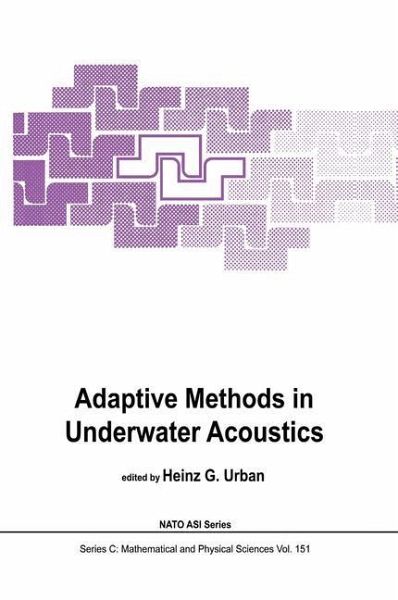
Adaptive Methods in Underwater Acoustics
Versandkostenfrei!
Versandfertig in 1-2 Wochen
231,99 €
inkl. MwSt.

PAYBACK Punkte
116 °P sammeln!
The NATO Advanced Study Institute on Adaptive Methods in Underwater Acoustics was held on 30 July - 10 August 1984 in LLineburg, Germany. The Institute was primarily concerned with signal processing for underwater appl ica tions. The majority of the presentations, when taken together, yield a definite picture of the present status of understanding of adaptive and high resolution processing, setting out the progress achieved over the past four years together with the major problem areas remaining. Major effort was made to obtain a commensurate contribution of tutorial and advanced research pape...
The NATO Advanced Study Institute on Adaptive Methods in Underwater Acoustics was held on 30 July - 10 August 1984 in LLineburg, Germany. The Institute was primarily concerned with signal processing for underwater appl ica tions. The majority of the presentations, when taken together, yield a definite picture of the present status of understanding of adaptive and high resolution processing, setting out the progress achieved over the past four years together with the major problem areas remaining. Major effort was made to obtain a commensurate contribution of tutorial and advanced research papers. It is my hope that the material in this volume may be equally well suited for students getting an introduction to some of the basic problems in underwater signal processing and for the professionals who may obtain an up-to-date overview of the present state of the art. This might be especially useful in view of the controversy and lack of adequate interrelationships which have marked this rapidly expanding field in the past. Practical reinforcement of this picture is provided by the material concerning digital and optical processing technology, giving some guidance to achievable adaptive and high resolution techniques with current processing devices. The formal programme was extended and detailed by a series of six evening work shops on specific topics, during which informal discussions took place among the participants. Summaries of these workshops are also included in these Proceedings.







